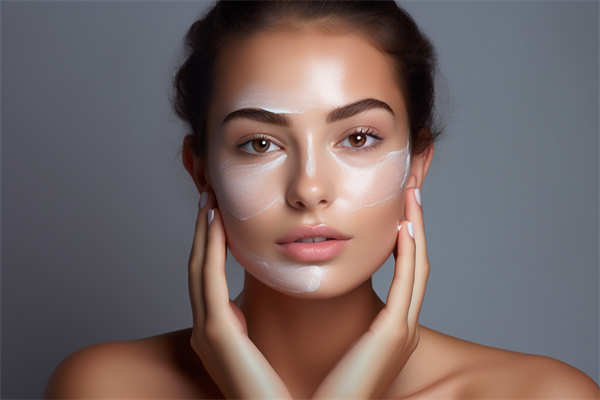Common side effects of ophthalmic drugs
Ophthalmic drugs are used to treat eye diseases. Although these drugs have played a positive role in treatment, they also have some side effects. The main side effects, indications, contraindications and misuse of ophthalmic drugs are described in detail below.

1. Main side effects
The main side effects of ophthalmic drugs include eye irritation, blurred vision, eyelid swelling, eye pain, burning sensation, etc. Eye irritation is mainly manifested by discomfort such as burning, dryness and tingling when using eye drops. Blurred vision refers to the phenomenon that patients may have blurred vision after using some ophthalmic drugs, which generally disappears automatically in a short time. Eyelid swelling and eye pain are common symptoms of some eye diseases. These side effects may occur when using eye drops, but generally they will also relieve themselves. Burning sensation refers to the feeling that the patient may feel the eyes are burned after using the eyedrops, which is generally caused by not adapting to certain ingredients.
2. Indications
Ophthalmic drugs have a wide range of indications and can be used to treat a variety of eye diseases. For example, antibiotic eyedrops are suitable for infectious eye diseases such as conjunctivitis and keratitis. Anti inflammatory eyedrops are suitable for discomfort caused by eye inflammation. Intraocular pressure inhibiting drugs are suitable for glaucoma and other diseases with abnormal intraocular pressure. Corneal repair drugs are suitable for post-traumatic corneal injury and other diseases. The indication of ophthalmic drugs refers to the main role of these drugs in treatment.
3. Contraindications
Ophthalmic drugs also have some contraindications, that is, they are not suitable for some patients. For example, for some patients with allergic constitution, they may have allergic reactions to some ophthalmic drugs, so they need to avoid using these drugs. Pregnant women and breast-feeding women usually need to use some eyedrops carefully to avoid adverse effects on the fetus or baby. In addition, for some patients with serious eye diseases, attention may be needed to the use of certain ophthalmic drugs to avoid aggravating the disease.
4. Precautions for misuse
There are some precautions to remember when using ophthalmic drugs. First of all, do not overuse eyedrops to avoid unnecessary side effects. Secondly, attention should be paid to hygiene when using eyedrops to avoid the mouth of the bottle contacting the eyes or other surfaces, so as to avoid infection. In addition, pay attention to the interval between meals or rest time and medication to avoid adverse reactions with other drugs* After that, pay attention to check the validity period when using eyedrops to avoid using expired drugs.
Summary
Ophthalmic drugs are an important means to treat eye diseases, but their side effects should also be noted during use. The main side effects include eye irritation, blurred vision, eyelid swelling, eye pain and burning sensation. Ophthalmic drugs are suitable for a variety of eye diseases, but there are also some contraindications, which need to be avoided in some patients. In addition, attention should be paid to the misuse of eyedrops to avoid unnecessary side effects. Therefore, when using ophthalmic drugs, it is necessary to follow the doctor's advice and pay attention to the relevant precautions on the drug instructions.













